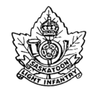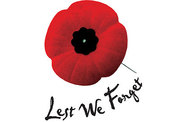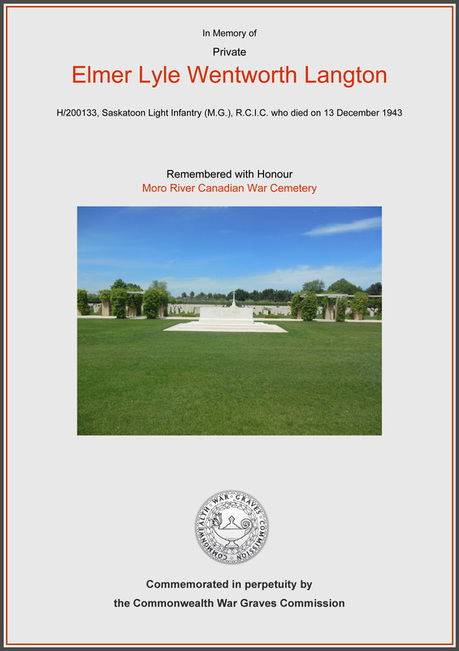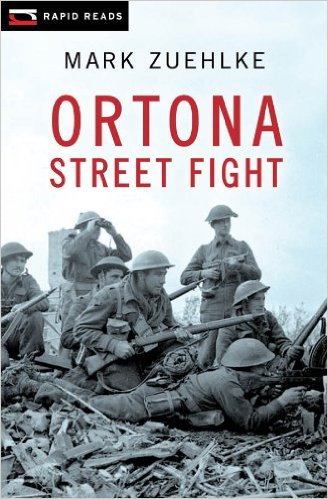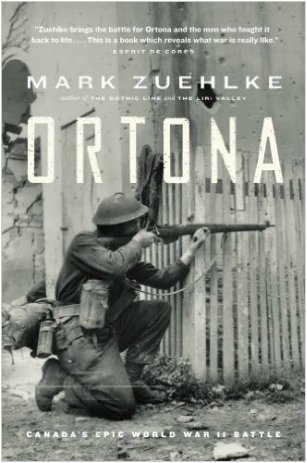Welcome to
the Private Elmer Lyle Wentworth "Wenty" Langton (1910 -1943)
Collection
|
Moro River Canadian War Cemetery
ORTONA: A SON'S STORY OF LOVE, HONOUR AND REMEMBRANCE
|
About this collectionThis collection of videos and photos are the labour of love for G. Wayne Langton, son of Private E.L.W. Langton, who was killed at the Battle of Ortona in 1943. I was contacted through this site by Wayne's cousin about his collection, and have graciously accepted its care from Wayne's widow Lynn.
Private Langton made the ultimate sacrifice for our country, so it is my honour to share and preserve this collection with anyone interested in the Battle Of Ortona, The Saskatoon Light Infantry, and Canadian Military History in general. LEST WE FORGET! 60th Anniversary of the Battle of Ortona 1943 - 2003
2008 Ortona Military Parade
|
